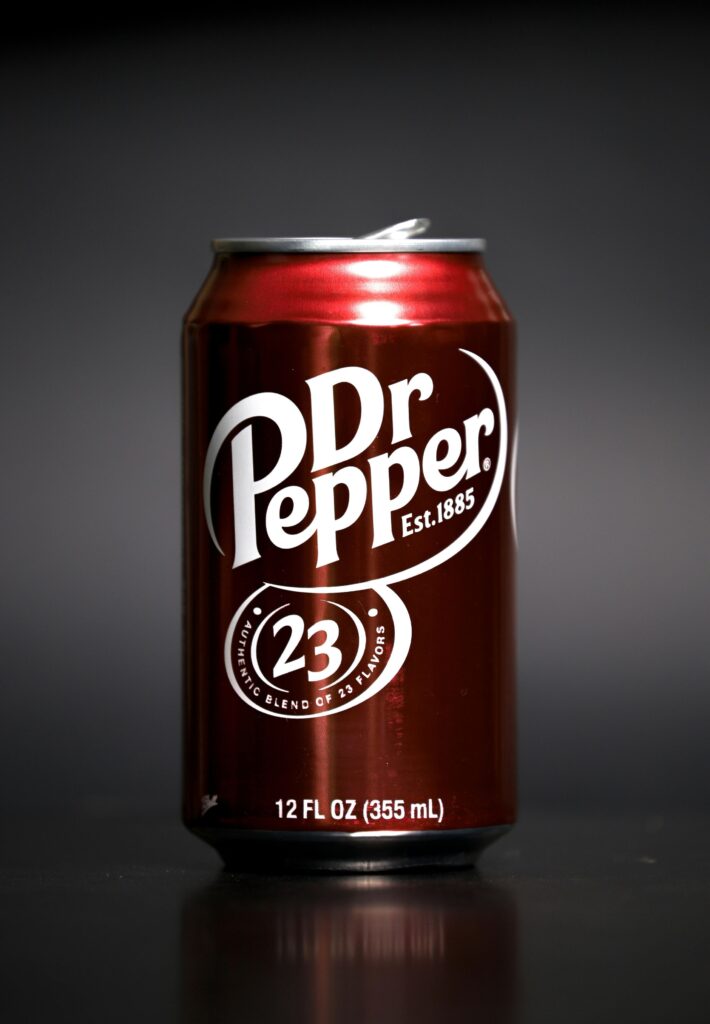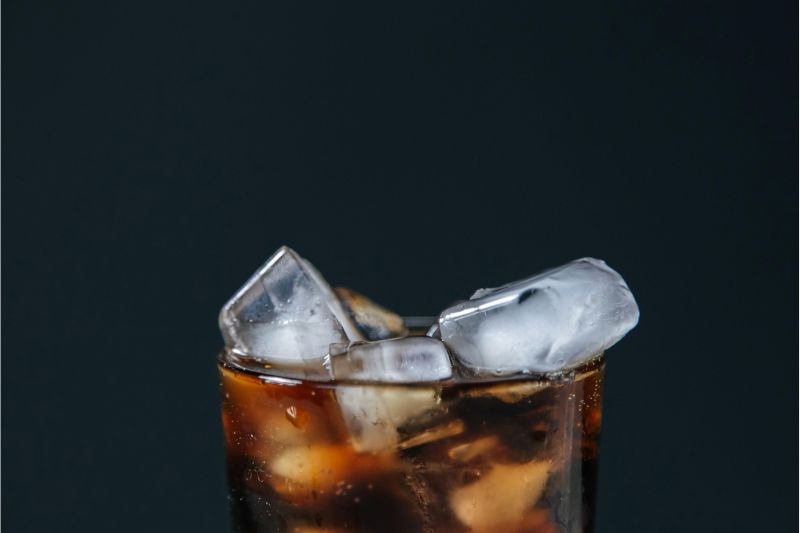“Juice from prunes.” “Water cooked over a grill.” “Elixir of the gods.”
These are just a few of the expressions used to characterize Dr Pepper, the irresistible soda brand whose 23 flavors are allegedly included in its secret mix. According to the trade newspaper Beverage Digest, we discovered this week that the purplish-red canned beverage (see, even its label has an enigma!) had joined Pepsi to become the country’s second-best-selling soda, after category-dominating Coke. (While Dr. Pepper has a little advantage, it’s really a tie.)
Even some of Dr. Pepper’s most devoted followers, many of whom like the peculiar atmosphere that envelops their cherished, mysterious beverage, may have been taken aback by the news.
However, Pepsi’s fortunes have turned south while the good doctor’s have risen, and now each brand accounts for 8.3 percent of the soda market. (Coke leads handily with 19.2 percent.)
The history of the beverage began at Morrison’s Old Corner Drug Store in Waco, Texas, in 1885. It is said that the combination that gave the beverage its now-famous flavor was devised by pharmacist Charles Alderton, who was motivated by the blended aroma of the many fruit syrups used to flavor sodas.
Still feeling like a strange outlier among the corporate blandness of the shelves more than a century later, Dr Pepper is a mysterious brand. Several questions surround it, some of which are as follows:
Who was this Doctor Pepper?
The history is ambiguous on this issue, thus we are unable to determine if the drink’s namesake was an actual physician who practiced in the home. The Dr Pepper Museum in Waco (yes, there is a place like that) claims that historians have gathered over a dozen anecdotes regarding the origin of the name.
The proprietor of Morrison’s pharmacy originally worked for a Virginia pharmacist by the name of Dr. Charles Pepper, in several fantastical ones. It was reported that the younger man convinced Alderton to rename the drink in the boss’s daughter’s honor after falling in love with her.
However, the myth busters at Snopes.com suggest that it was more normal practice at the time to put “Dr. So-and-so” on the labels of products that were supposed to have health benefits.
What are Dr Pepper’s 23 flavours?
Even though Dr. Pepper has been quite reticent about the 23 flavors that comprise the taste, the firm has boasted about them over the years. Note how meticulously senior manager of research and development Adrian Sepcic of the corporation characterizes it as “a blend of fruit flavors and extracts.” With a function on their website that promises to expose the list but merely invites consumers to scroll endlessly, Dr. Pepper Canada even makes light of the mystique around it.

There is a mystery surrounding the actual recipe: Two copies of the Dr. Pepper master formula are held in different Dallas bank vaults, according to Snopes. (Is it possible for Dr. Pepper to be the topic of the upcoming feature film, similar to Pop Tarts in “Unfrosted” or Cheetos in “Flamin’ Hot”?) The list, according to amateur soda sommeliers, includes the following: cola, ginger, juniper, orange, prune, plum, pepper, root beer, rum, raspberry, tomato, and vanilla. Amaretto, almond, blackberry, black licorice, caramel, carrot, clove, cherry, and nutmeg.
Is prune juice an ingredient of Dr. Pepper?
No, it doesn’t include prune juice, as the company has made clear. Though its beginnings are as hazy as a Dr. Pepper float, the tale has endured. Bob Hope is the one who the Dr Pepper Museum’s organizers point the finger at: According to the museum’s website, “We believe the rumor was started by a comment made by Bob Hope when he was visiting the Waco area at one time.”
It doesn’t specify what the joke was, but some have speculated that it was something along the lines of Dr. Pepper knowing where its followers were at 10, 2, and 4 p.m. if it truly contained prune juice, referencing the company’s long-running tagline that suggests customers drink it to get a pick-me-up in the afternoon.

But hold on! Though perhaps not juice, it might have prune flavor. Furthermore, some online detectives assume that plum, which is an undried prune, is one of the fruit flavors it includes. Thus, it’s plausible that tasters who detect prune notes are onto something.
What became of Dr Pepper’s period?
Doctors put a period after the acronym, but keep in mind that Dr. Pepper is not a licensed practitioner of medicine. The corporation claims to have eliminated the 1950s era, a move that many believe was made to make it easier to read on labels and in advertising.
Who owns Dr. Pepper?
Eventually, the company was acquired by and split off as the Dr Pepper Snapple Group, becoming a part of the Dr Pepper/Seven Up Bottling Group. In the end, coffee maker Keurig purchased it, and it is currently a part of the Keurig Dr Pepper brand.
Could Dr. Pepper get any stranger?
Absolutely. The original Dr Pepper is only the fun beginning. The company has long promoted sipping the beverage hot to combat winter chills. Tossing pickles into the beverage is another new internet craze.
Occasionally, the business has embraced its peculiarities. For a while, it went by the name “the world’s most misunderstood soda,” as seen in this insane TV commercial with the legendary Carol Kane. It also boasted that it was the “most original” product in its field. And although it’s increasingly popular, for its devotees it will always be the delectable oddity in the drink dispenser.
(Tashia Bernardus)
